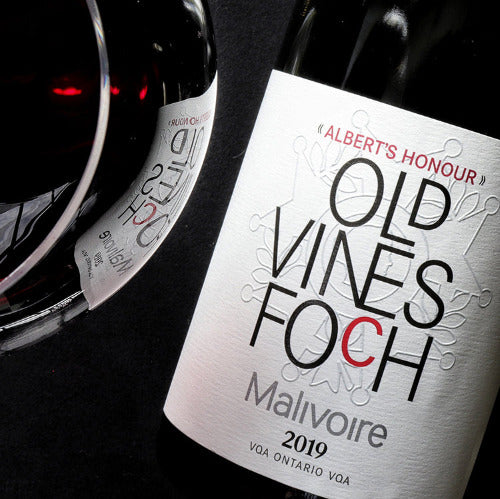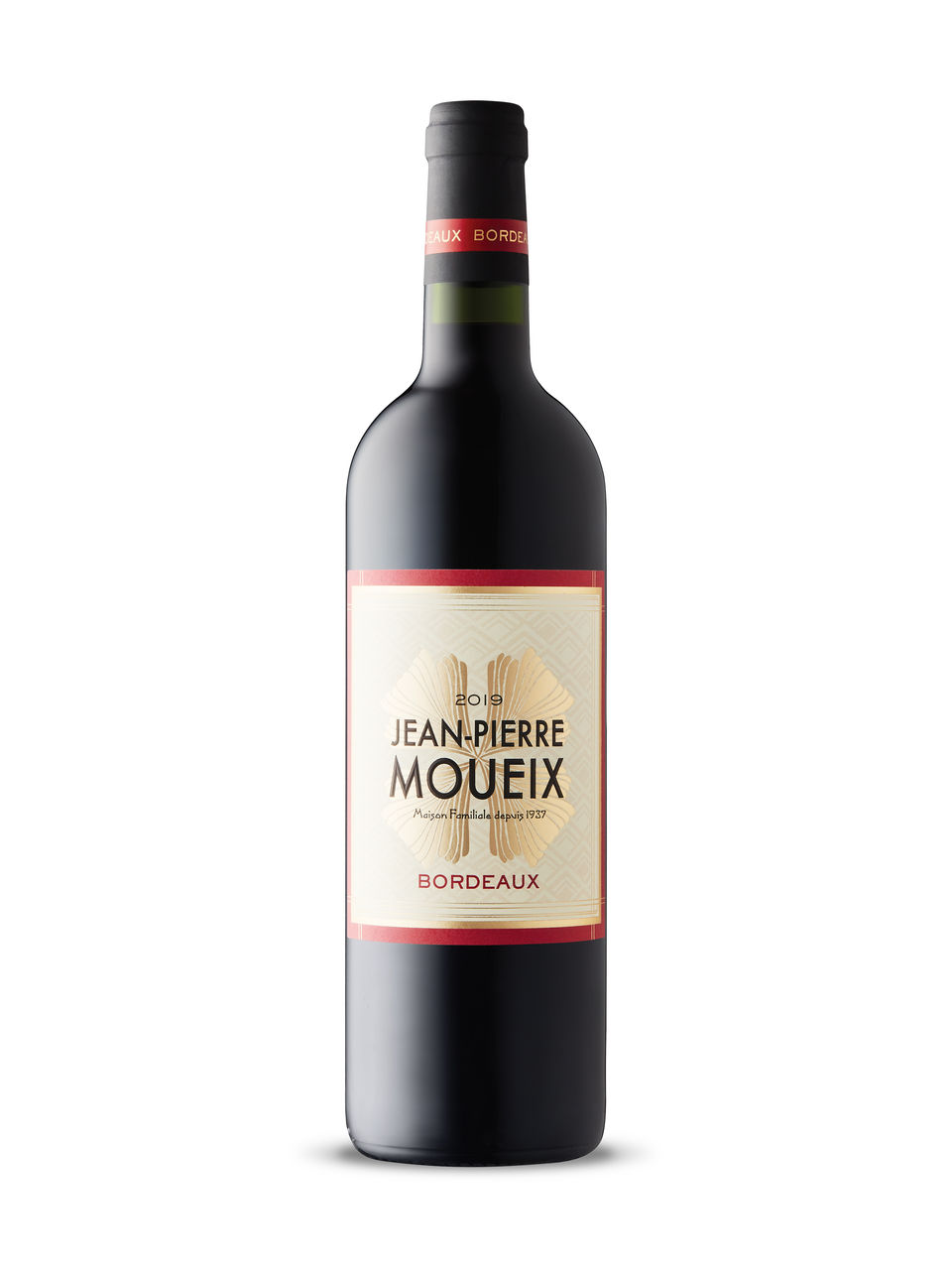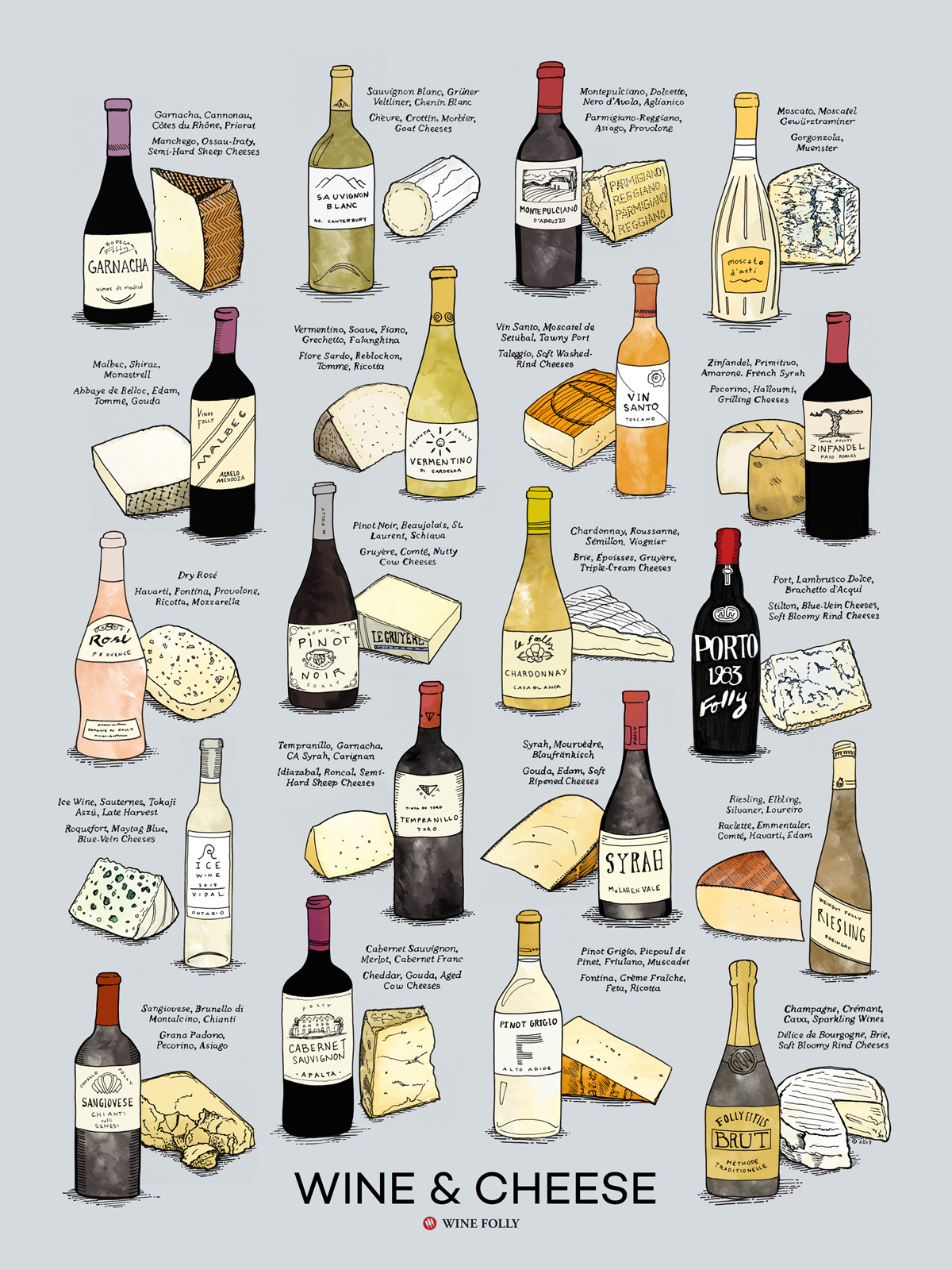 For many Novembers the LCBO and other alcohol distributors in Canada made a big deal of Beaujolais Nouveau Day. In Ontario it started with a few French winemakers and expanded to winemakers in Italy and other countries releasing similar styled wines on that date. I personally thought it was fun and a bit over the top and expected it to grow and get bigger in the future.
For many Novembers the LCBO and other alcohol distributors in Canada made a big deal of Beaujolais Nouveau Day. In Ontario it started with a few French winemakers and expanded to winemakers in Italy and other countries releasing similar styled wines on that date. I personally thought it was fun and a bit over the top and expected it to grow and get bigger in the future.
That’s why I was surprised to see at the beginning of November that the NSLC in Nova Scotia was dropping the whole thing. No doubt plunging sales had something to do with. Then the LCBO in Ontario dropped it as well. The bubble had burst.
Well. the bubble has burst in Canada, anyway. As far as Wine Spectator is concerned, 2023 is a solid year for fun Beaujolais Nouveau. And winemaker Georges Duboeuf put out a press release to exclaim:
Beaujolais Nouveau Day is not just about uncorking a bottle, it’s about a shared experience—a time when wine lovers around the world unite to raise a glass and celebrate.
So now doubt they are still into it.
If you are in France or elsewhere, grab a bottle and have a fun time. In Canada, you’ll just have to drink the older style of beajolais wine. And there’s nothing wrong with that.
P.S. If you are curious, here’s a piece on the story behind Beaujolais Nouveau Day.



 I have been a long time non-lover of pinot grigio. (See
I have been a long time non-lover of pinot grigio. (See :max_bytes(150000):strip_icc():format(webp)/Our-Favorite-Bars-Paris-XL-MAG0922-2000-a5f0b1cce1d041b9ad3aa7914da250a6.jpg)


:max_bytes(150000):strip_icc():format(webp)/louis-jadot-macon-villages-best-affordable-wines-FT-SS0617-be8f0d0eb6a94311abb4feabe6170c55.jpg)
:max_bytes(150000):strip_icc():format(webp)/__opt__aboutcom__coeus__resources__content_migration__liquor__2019__01__10072454__gimlet-720x720-recipe-a0d317f2ce7b4818a0fdbd2bbaaaf2c9.jpg)
 Fred Franzia, the creator of two-buck Chuck, has died. He was quite the maverick in the wine industry. Heck, his company was called Bronco Wines. While he did much to strengthen the idea that wine should be more affordable and accessible, I tend to agree with Eric Asimov in his assessment of his product. I think there is a better middle ground, and his Charles Shaw wine did not occupy it. But like all things, taste is subjective.
Fred Franzia, the creator of two-buck Chuck, has died. He was quite the maverick in the wine industry. Heck, his company was called Bronco Wines. While he did much to strengthen the idea that wine should be more affordable and accessible, I tend to agree with Eric Asimov in his assessment of his product. I think there is a better middle ground, and his Charles Shaw wine did not occupy it. But like all things, taste is subjective.









:format(webp)/cdn.vox-cdn.com/uploads/chorus_image/image/66306749/la_buvette_paris.0.jpg)




 The site
The site 

